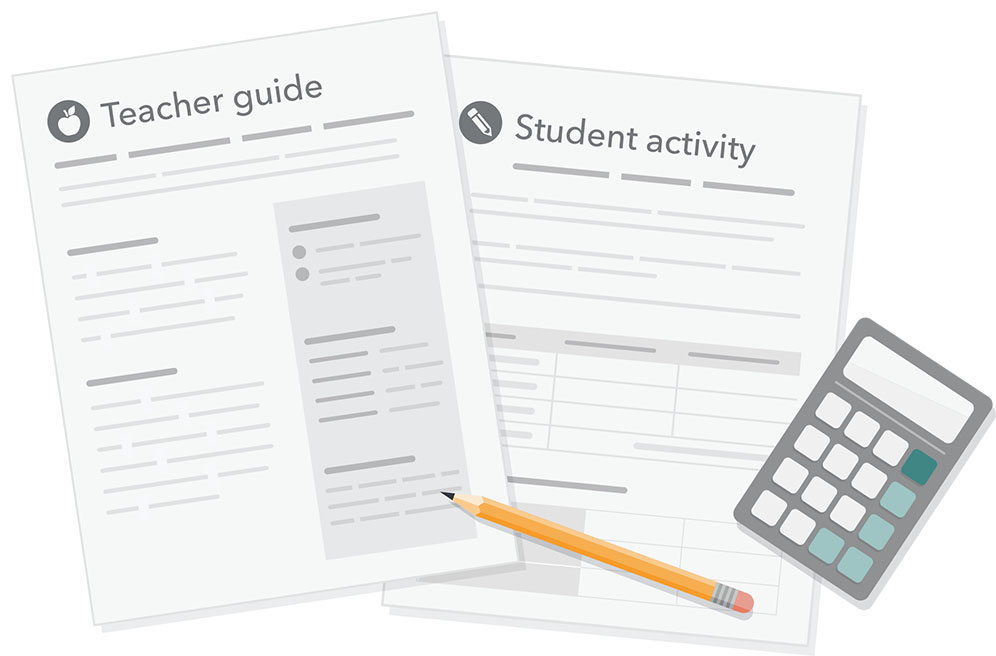Find financial literacy activities
Find activities that can help you teach and nurture the building blocks of financial capability across the curriculum.
These classroom activities can be completed within a single class period. Each activity comes with a teacher guide and supporting student material, so it’s easy to implement whether you’re an experienced personal finance teacher, integrating financial literacy into another subject area, or supplementing your existing financial education curriculum.

Search for activities
Banking basics card game
Ideal for: High school (9-10), High school (11-12)
Students play a game to learn about common banking products and services and to consider which ones they might use now and in the future.
Creating a savings first aid kit
Ideal for: High school (9-10), High school (11-12)
Students learn the importance of developing an emergency savings fund to deal with unexpected challenges and unplanned expenses.
Saving each payday
Ideal for: High school (9-10), High school (11-12)
Students use a real-world simulation to learn how saving a little money each payday can be a successful strategy for saving.
Storing my savings
Ideal for: High school (9-10), High school (11-12)
Students read descriptions of common places to store their money and weigh the benefits and risks of each to decide which one(s) fit their financial goals.
Getting banked
Ideal for: High school (9-10), High school (11-12)
Students select a local bank or credit union to research to learn about what to consider when choosing a financial institution.
Playing a banking fact and fiction game
Ideal for: High school (9-10), High school (11-12)
Students listen to statements about banking and then walk to one side of the room or the other if they think the statement is fact or fiction.
Bouncing ball money choices
Ideal for: Middle school (6-8), High school (9-10), High school (11-12)
Students play a game to share how they think and feel about money.
Understanding who shapes your money decisions
Ideal for: Middle school (6-8), High school (9-10), High school (11-12)
Students read a handout and then identify how both they and the people in their lives make choices about money.
